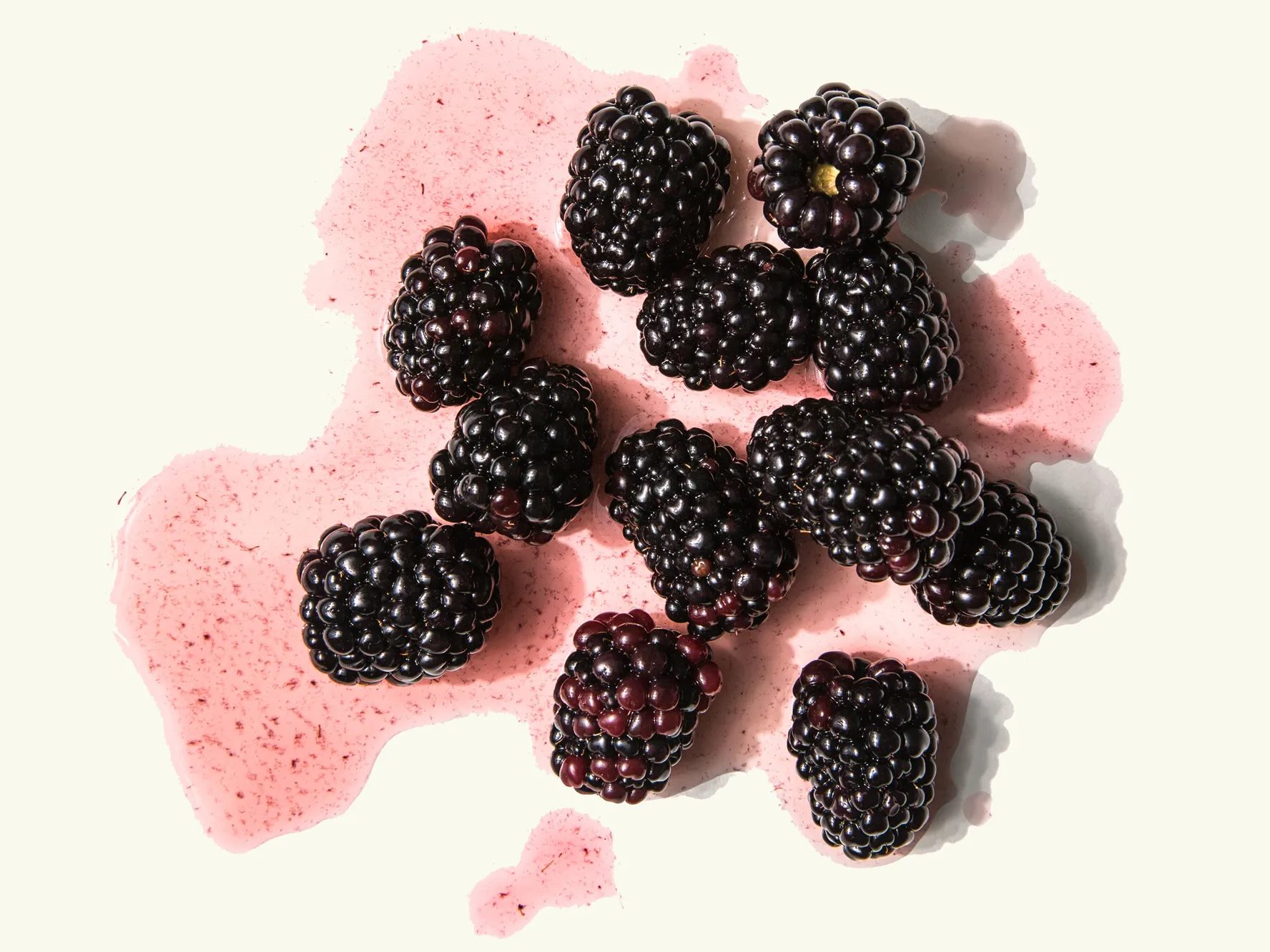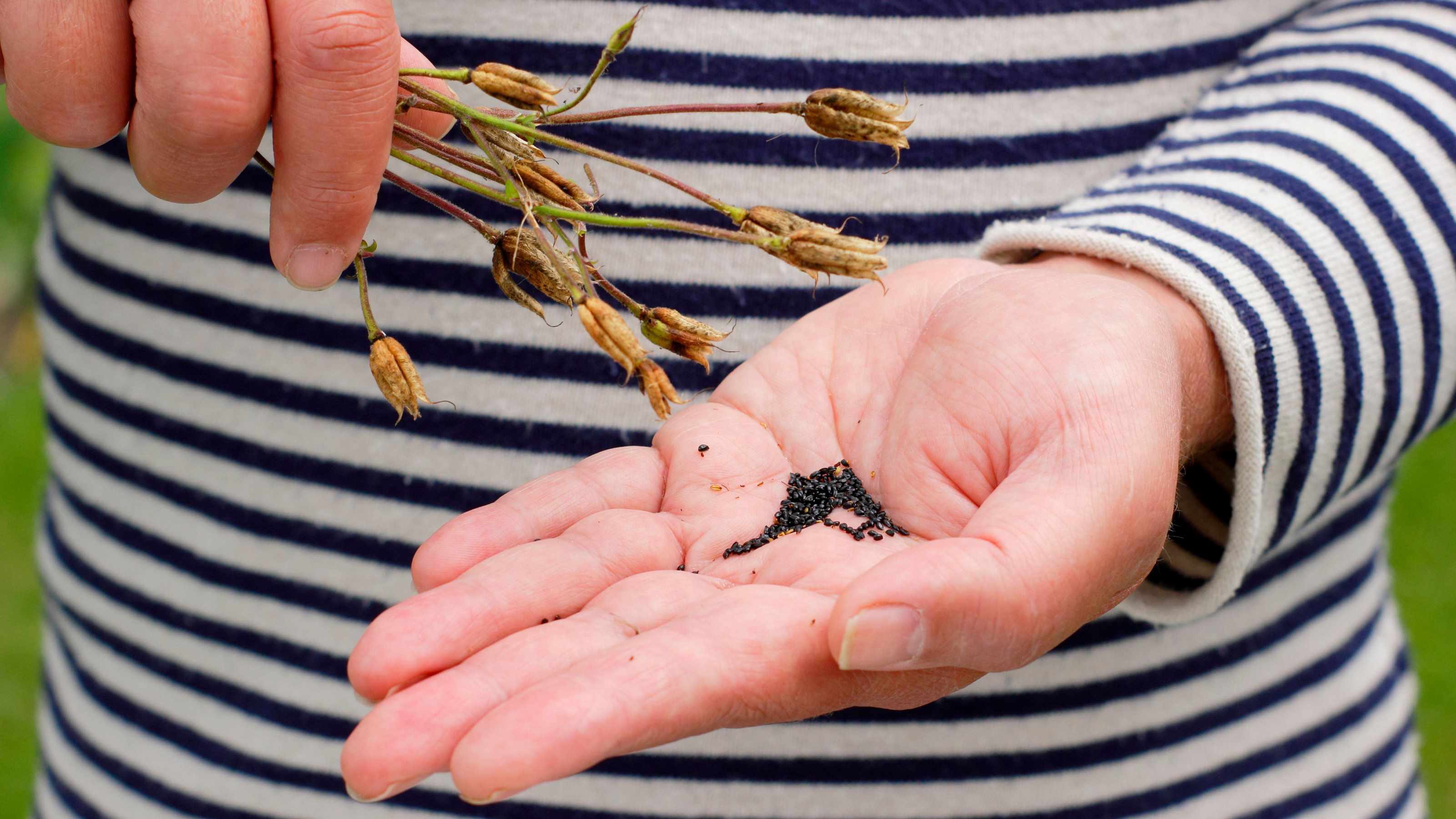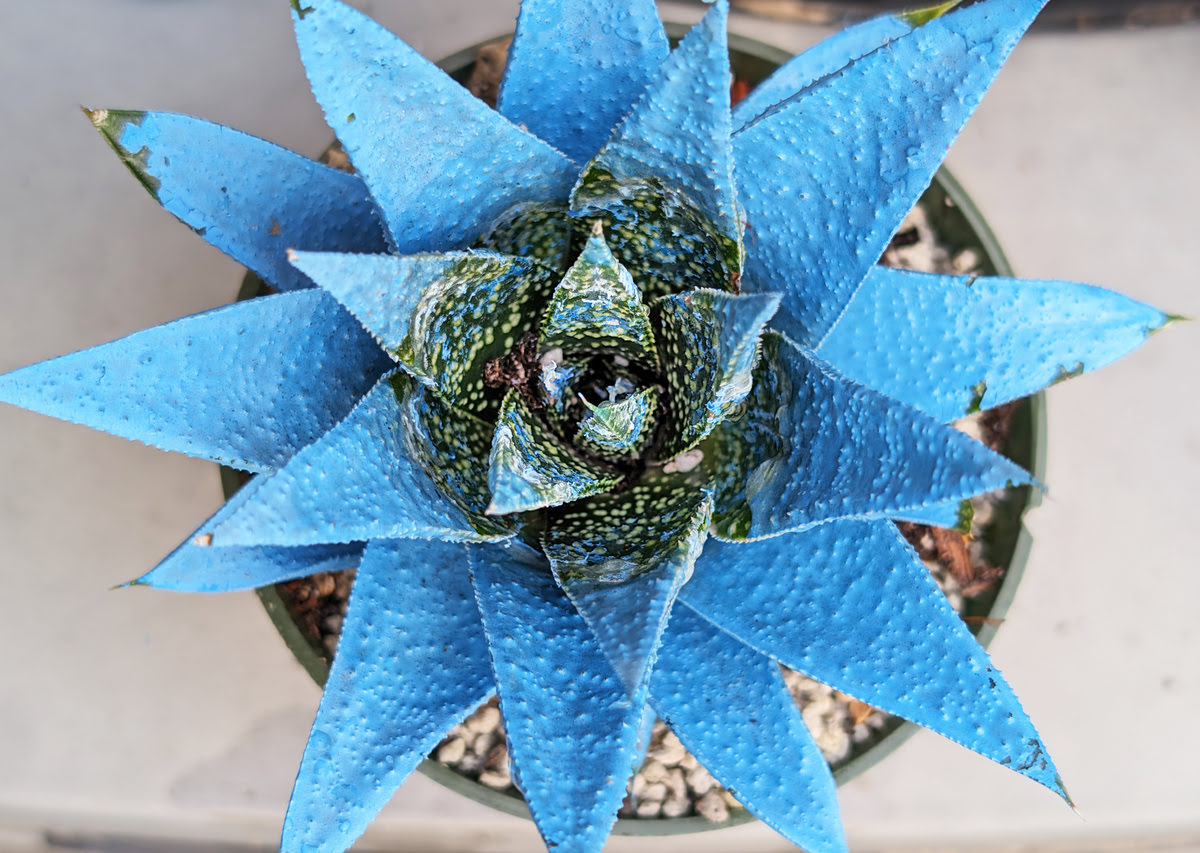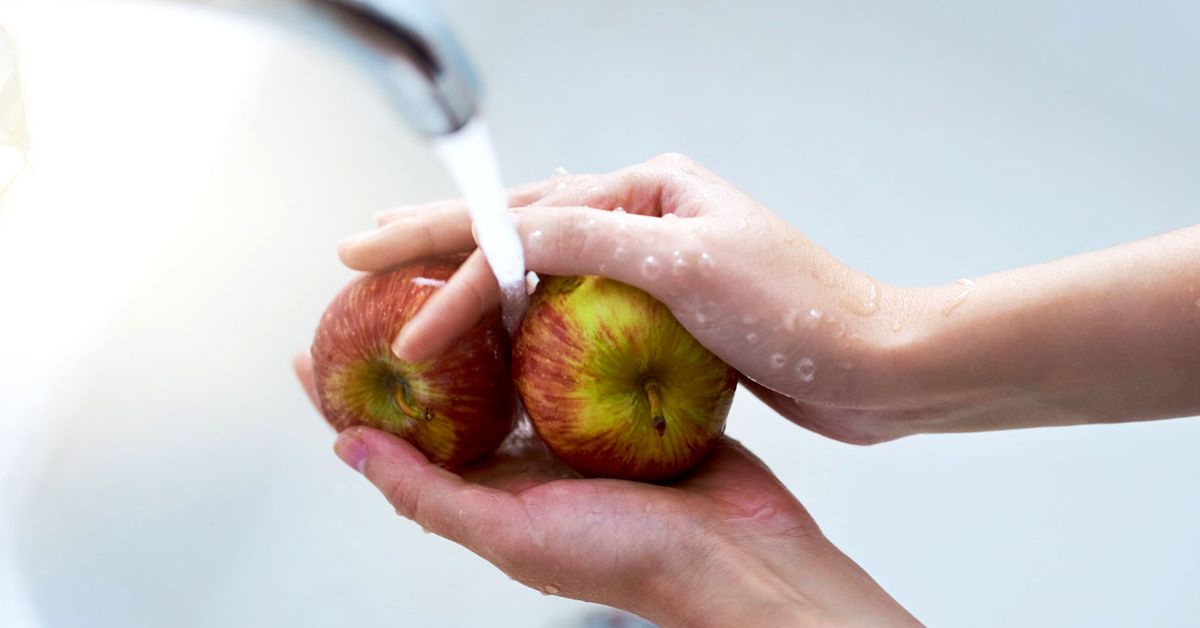Home>Gardening News and Trends>Latest News>How To Remove Pesticides From Rose Petals
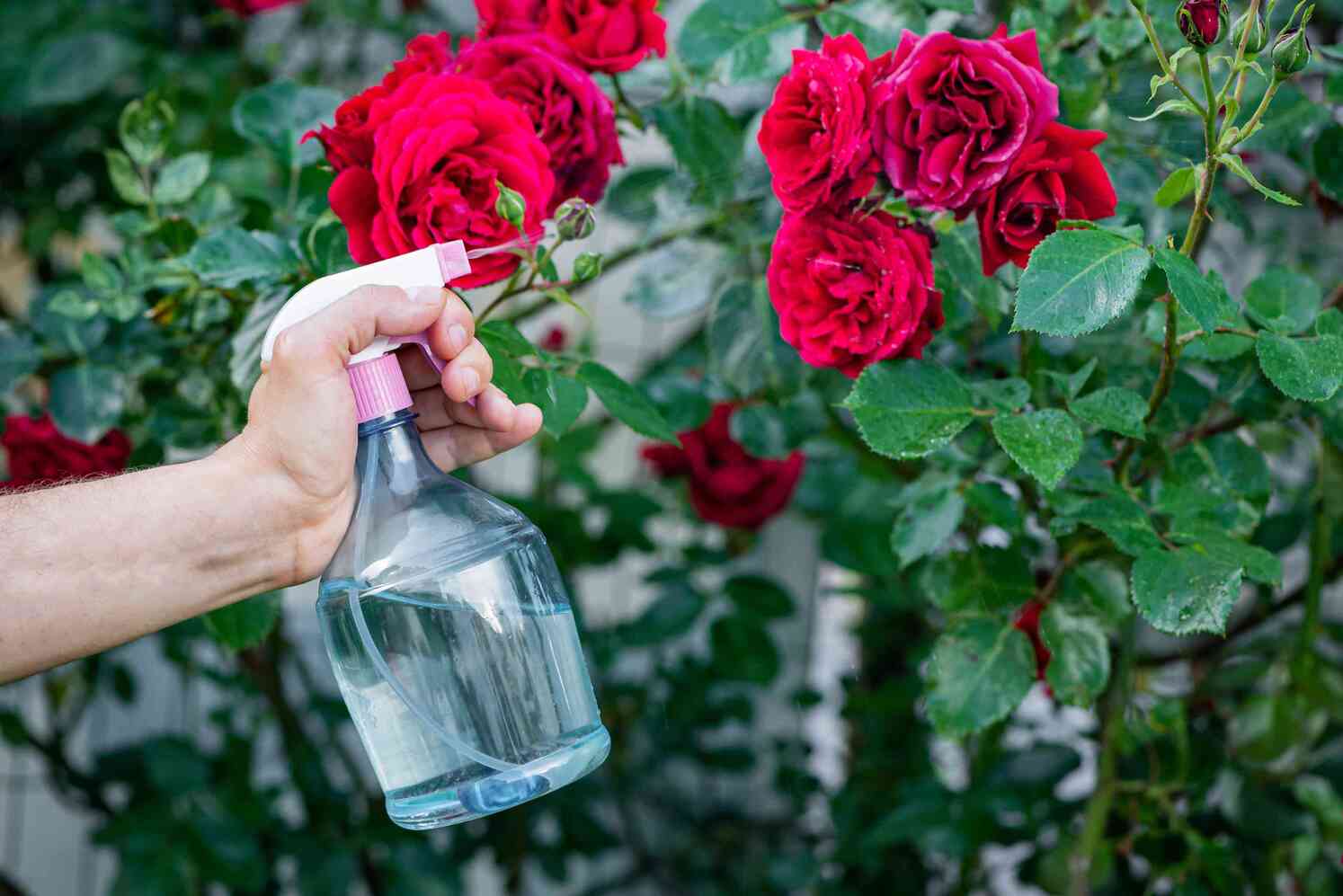

Latest News
How To Remove Pesticides From Rose Petals
Published: November 24, 2023
Discover the latest news on how to safely remove pesticides from rose petals. Follow our step-by-step guide for a natural and effective method.
(Many of the links in this article redirect to a specific reviewed product. Your purchase of these products through affiliate links helps to generate commission for Chicagolandgardening.com, at no extra cost. Learn more)
Table of Contents
Introduction
Roses are not only beautiful but also hold symbolic meaning in different cultures and traditions. They are often used in various occasions, such as weddings, anniversaries, and Valentine’s Day. However, the use of pesticides in rose cultivation has raised concerns about the safety of consuming or using rose petals. Pesticides are chemicals used to control pests, but they can leave residues on the petals, which may be harmful to human health. Therefore, it is essential to remove pesticides from rose petals before using them for any purpose.
Removing pesticides from rose petals is a crucial step to ensure the safety and purity of the petals. Pesticides can seep into the petals and remain even after washing, posing potential health risks if ingested or used on the skin. Fortunately, there are several methods available to effectively remove these harmful residues and make the petals safe for consumption or use.
In this article, we will explore different methods for removing pesticides from rose petals and discuss the precautions to take to ensure the best results. Whether you are planning to use rose petals for cooking, making tea, or creating DIY beauty products, these methods will help you enjoy the natural beauty of roses without worrying about the presence of pesticides.
Importance of Removing Pesticides from Rose Petals
The importance of removing pesticides from rose petals cannot be overstated. Pesticides are chemicals used to kill or control pests, including insects, fungi, and weeds. While they serve a purpose in protecting plants during cultivation, the residues left behind can pose serious health risks when ingested or used on the skin.
When we use rose petals for cooking or brewing tea, we want to enjoy their natural beauty and fragrance without compromising our health. Pesticides can contaminate the petals through direct application or through absorption from the soil. These residues can be harmful, especially if they contain toxic substances that have long-term health effects.
Furthermore, rose petals are often used in various skincare and beauty products due to their soothing and rejuvenating properties. However, if these petals still contain traces of pesticides, applying them to the skin can lead to irritation, allergies, or other adverse reactions. It is essential to ensure that the petals are thoroughly cleansed to eliminate any potential hazards.
In addition to personal health concerns, removing pesticides from rose petals is also important from an environmental perspective. Pesticides can have a detrimental impact on ecosystems, contaminating water sources and harming non-target organisms. By taking steps to remove pesticides, we contribute to the overall well-being of the environment and promote sustainable practices.
By taking the time to remove pesticides from rose petals, we not only prioritize our health and well-being but also demonstrate our commitment to consuming natural, organic, and pesticide-free products. It allows us to fully enjoy the benefits and beauty of roses without worrying about any potential harm.
Methods for Removing Pesticides from Rose Petals
When it comes to removing pesticides from rose petals, there are several effective methods you can use. Here are five commonly recommended techniques:
- 1. Washing with water: The simplest and most straightforward method is to wash the rose petals thoroughly with clean water. Fill a basin with cold water and gently swish the petals around, ensuring that each petal is submerged and rinsed. Repeat this process two to three times to remove any surface residue.
- 2. Soaking in vinegar solution: Another method is to create a vinegar solution by mixing 1 part white vinegar with 3 parts water. Place the rose petals in the solution and let them soak for approximately 15-20 minutes. Vinegar helps break down the pesticides and removes any remaining residue. After soaking, rinse the petals with clean water.
- 3. Using baking soda scrub: Baking soda is known for its cleansing properties. Create a paste by mixing baking soda with water until it forms a thick consistency. Gently rub this paste onto the rose petals, ensuring that all areas are covered. Leave it on for a few minutes, then rinse the petals with water, removing the baking soda and any pesticides along with it.
- 4. Applying lemon juice: Lemon juice acts as a natural cleanser and can help remove pesticides from rose petals. Squeeze fresh lemon juice onto the petals and gently rub them, allowing the acidic properties of the juice to break down the pesticide residues. Rinse the petals thoroughly with water to remove any remaining lemon juice or residue.
- 5. Steam treatment: Steam treatment is an effective method for removing pesticides from rose petals. Fill a pot with water and bring it to a boil. Place the rose petals in a heat-resistant bowl or colander and hold them over the pot, allowing the steam to pass through the petals for a few minutes. The heat and steam will help eliminate any pesticide residues. Rinse the petals with cold water afterwards.
It is important to note that different methods may yield varying results, and the choice of method depends on personal preference and the availability of resources. It is also recommended to combine multiple methods for a more thorough cleaning process. Always ensure that the petals are completely dry before using them for your desired purpose.
Washing with Water
One of the simplest and most accessible methods to remove pesticides from rose petals is by washing them thoroughly with water. This method is effective in removing surface residues and contaminants that may be present on the petals.
To start, fill a basin or sink with cold water. Gently place the rose petals in the water, ensuring that they are fully submerged. Swish the petals around for a few minutes, allowing the water to wash away any visible debris or dirt. This initial rinsing helps to remove any loose particles from the petals.
After the initial rinse, drain the water and refill the basin or sink with fresh cold water. Repeat the process of swishing the petals, ensuring that each petal is thoroughly washed. This second rinse helps to further remove any remaining surface residues, including pesticides.
If the petals still seem soiled or if you have concerns about pesticide residues, you can perform a third rinse in a similar manner. The goal is to ensure that the water runs clear and there are no visible particles or contaminants left on the petals.
Once you are satisfied with the rinsing, gently remove the petals from the water and place them on a clean towel or paper towel to dry. Allow them to air dry completely before using them for cooking, brewing tea, or any other purpose. This prevents the possibility of water droplets accumulating on the petals, which can dilute flavors or affect the texture of the petals.
It is important to note that while washing with water is effective in removing surface residues, it may not eliminate all traces of pesticides that have been absorbed into the petals. If you have concerns about pesticide residues or if you plan on using rose petals for consumption or sensitive applications, you may want to consider additional methods to ensure a more thorough cleaning process.
Soaking in Vinegar Solution
Another effective method for removing pesticides from rose petals is by soaking them in a vinegar solution. Vinegar, particularly white vinegar, is known for its cleansing properties and can help break down pesticide residues.
To start, prepare a vinegar solution by mixing 1 part white vinegar with 3 parts water. You can adjust the quantities based on the amount of rose petals you have. Pour the vinegar solution into a container or basin that is large enough to accommodate the petals.
Gently place the rose petals in the vinegar solution, ensuring that they are fully submerged. Allow the petals to soak in the solution for approximately 15 to 20 minutes. This soaking period allows the vinegar to penetrate the petals and break down the pesticide residues.
After the soaking time has elapsed, remove the petals from the vinegar solution and transfer them to a colander or strainer. Rinse the petals under cold running water, ensuring that all traces of vinegar and any loosened pesticide residues are washed away.
It is important to note that the odor of vinegar may linger on the petals after rinsing. If you find the smell to be bothersome, you can perform an additional rinse with plain water or soak the petals briefly in clean water to help minimize the vinegar scent.
Once the petals are thoroughly rinsed, gently pat them dry with a clean towel or paper towel. Allow them to air dry completely before using them for your intended purpose.
Soaking rose petals in a vinegar solution is an effective method for removing pesticide residues. The acidic nature of the vinegar helps to break down the pesticides and remove any remaining contaminants. This method provides an additional level of assurance when it comes to purity and safety, particularly if you are planning to use the rose petals for consumption or in sensitive applications.
Using Baking Soda Scrub
Baking soda, also known as sodium bicarbonate, is a versatile household ingredient that can be used for many cleaning purposes, including the removal of pesticides from rose petals. Its mild abrasive properties and alkaline nature make it an effective scrub for eliminating contaminants.
To create a baking soda scrub, start by mixing baking soda with water to make a thick paste. The consistency should be similar to that of toothpaste. Adjust the quantities based on the number of rose petals you need to clean.
Gently apply the baking soda paste onto the rose petals, making sure to cover each petal completely. Use your fingers to rub the paste onto the petals, ensuring that you reach all areas, including crevices and folds.
Allow the baking soda paste to sit on the petals for a few minutes. This allows the alkaline properties of the baking soda to break down pesticide residues and lift them from the petals’ surface.
After the allotted time, rinse the petals thoroughly under cold running water. Use your fingertips to gently rub the petals as you rinse, ensuring that you remove all traces of the baking soda and any loosened pesticide residues.
Inspect the petals after rinsing and repeat the process if necessary. If you still notice pesticide residues or feel uncertain about the petals’ cleanliness, you can create a fresh batch of baking soda paste and repeat the scrubbing process.
Once you are satisfied with the cleaning, gently pat the petals dry with a clean towel or paper towel. Ensure that they are completely dry before using them for consumption or any other purpose.
Using a baking soda scrub is an effective method for removing pesticides from rose petals. The gentle abrasiveness of baking soda helps to remove contaminants while its alkaline nature aids in breaking down pesticide residues. This method proves particularly useful when dealing with stubborn residues or when you require a more thorough cleaning process.
Applying Lemon Juice
Lemon juice, with its natural acidity and cleansing properties, is another effective method for removing pesticides from rose petals. The citric acid in lemon juice helps to break down pesticide residues, leaving the petals clean and free from contaminants.
To begin, squeeze fresh lemon juice into a bowl or container. You can use either freshly squeezed lemon juice or packaged lemon juice, as long as it is pure and free from additives.
Dip a clean brush, such as a pastry brush or a soft-bristled toothbrush, into the lemon juice. Gently brush the petals with the lemon juice, ensuring that all surfaces are covered. Pay close attention to any areas where pesticide residues may be concentrated, such as the base of the petals or along the edges.
Allow the lemon juice to sit on the petals for a few minutes. The citric acid in the lemon juice will work to dissolve and break down the pesticide residues, making them easier to remove.
After the allotted time has passed, rinse the petals under cold running water. Use your fingertips to gently rub the petals as you rinse, ensuring that all traces of the lemon juice and any loosened pesticide residues are washed away.
Inspect the petals after rinsing and repeat the process if necessary. If you still notice pesticide residues or have concerns about the cleanliness of the petals, you can apply another round of lemon juice and repeat the brushing and rinsing steps.
Once the petals are clean, gently pat them dry with a clean towel or paper towel. Ensure that they are completely dry before using them for cooking, brewing tea, or any other purpose.
Using lemon juice is a natural and effective method for removing pesticides from rose petals. The acidic properties of lemon juice help to break down pesticide residues, providing a thorough cleaning. Moreover, the pleasant scent of lemon adds a refreshing and aromatic touch to the petals, enhancing their overall appeal.
Steam Treatment
A steam treatment is a highly effective method for removing pesticides from rose petals. Steam helps to break down pesticide residues and flush them away, leaving the petals clean and ready for use.
To begin, fill a pot with water and bring it to a boil. You can use a steamer pot or any pot with a heat-resistant bowl or colander that fits securely on top.
Gently place the rose petals in a heat-resistant bowl or colander. Ensure that the petals are arranged in a single layer, allowing the steam to penetrate evenly.
Hold the bowl or colander over the pot, allowing the rising steam to pass through the petals. Keep the petals held over the steam for a few minutes, allowing the heat and moisture to work on dissolving and removing the pesticide residues.
After the steaming process, carefully remove the petals from the steam and place them on a clean towel or paper towel to dry. Allow them to air dry completely before using them for your desired purpose.
It is important to note that the steam treatment can cause the petals to become slightly softer and more delicate. Handle them with care to avoid damaging or tearing the petals.
The steam treatment is a thorough and efficient method for removing pesticide residues from rose petals. The heat and moisture of the steam effectively break down the pesticides, eliminating any lingering contaminants and ensuring that the petals are safe to use for consumption or other applications.
Precautions to Take While Removing Pesticides from Rose Petals
While removing pesticides from rose petals is an important step in ensuring their safety, it is essential to take certain precautions to ensure the best results and to protect your health. Here are some precautionary measures to keep in mind:
- Choose organic or pesticide-free roses: Whenever possible, opt for organic roses or roses that are labeled as pesticide-free. This reduces the likelihood of pesticide residue on the petals and simplifies the cleaning process.
- Wash or soak the entire flower: If you are using whole roses instead of just the petals, make sure to wash or soak the entire flower to remove any pesticides present on the stem or other parts.
- Do not use harsh chemicals: Stick to natural cleaning methods like water, vinegar, baking soda, and lemon juice. Harsh chemicals or cleaning agents can compromise the quality and safety of the petals.
- Thoroughly rinse the petals: After using any cleaning method, be sure to rinse the petals thoroughly with cold running water. This helps remove any residue from the cleaning process.
- Inspect for remaining residues: After cleaning, carefully inspect the petals for any visible residues. If you notice any, repeat the cleaning process or try alternative methods to ensure all pesticides are removed.
- Avoid using petals from unknown sources: If you are unsure of the source of the roses or if they have been exposed to pesticides, it is best to refrain from using the petals. Seek out trusted suppliers or grow your own organic roses.
- Follow proper drying techniques: Ensure that the petals are dried thoroughly before using them. Moisture can lead to bacterial growth or spoilage, affecting the quality and safety of the petals.
- Store properly: Once the petals are cleaned and dried, store them in a cool, dry place in an airtight container to maintain their freshness and prevent contamination.
By taking these precautions, you can ensure that the rose petals are free from pesticides and safe for consumption or use in various applications. Prioritizing the cleanliness and purity of the petals enhances the overall enjoyment and benefits they offer.
Conclusion
Removing pesticides from rose petals is a crucial step in ensuring their safety and purity. Pesticide residues can be harmful to our health and the environment, and it is important to take measures to eliminate them before using the petals for consumption or other purposes.
In this article, we have explored several effective methods for removing pesticides from rose petals. From washing with water to using vinegar solutions, baking soda scrubs, lemon juice, and steam treatments, each method offers a unique approach to cleanse the petals and remove pesticide residues.
While each method has its own advantages, it is important to choose the method that best suits your needs, preferences, and availability of resources. Remember to thoroughly rinse the petals after any cleaning method to ensure the removal of any loosened residues.
In addition, it is essential to take necessary precautions during the pesticide removal process. Choosing organic or pesticide-free roses, avoiding harsh chemicals, and properly inspecting and drying the petals are all vital steps in safeguarding the quality and safety of the petals.
By following these techniques and precautionary measures, you can confidently enjoy the natural beauty and fragrance of rose petals without worrying about the presence of harmful residues. Whether you are using them for cooking, brewing tea, or creating DIY beauty products, ensuring the removal of pesticides allows you to fully experience the benefits of roses in a safe and wholesome manner.
So, go ahead and indulge in the alluring allure of rose petals while taking the necessary steps to remove pesticides. By doing so, you can savor the beauty, fragrance, and health benefits of roses with peace of mind.

